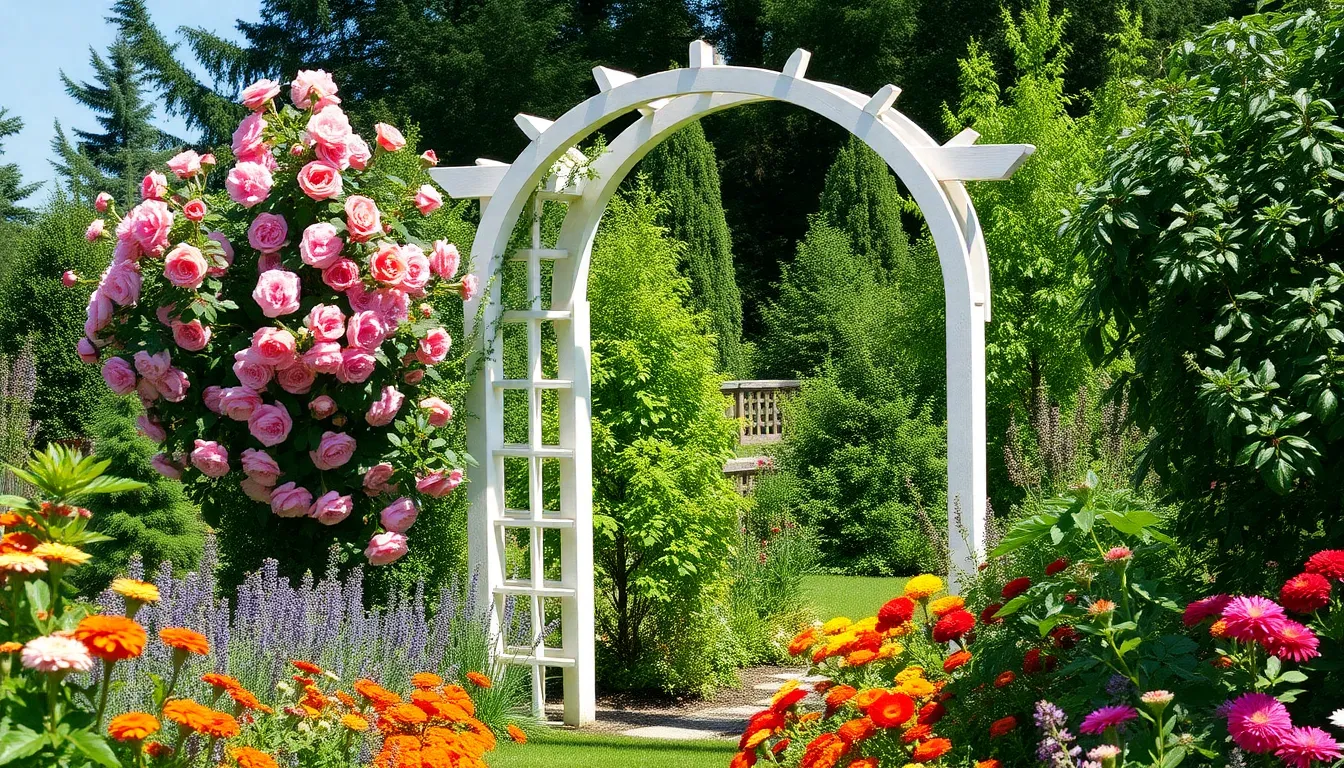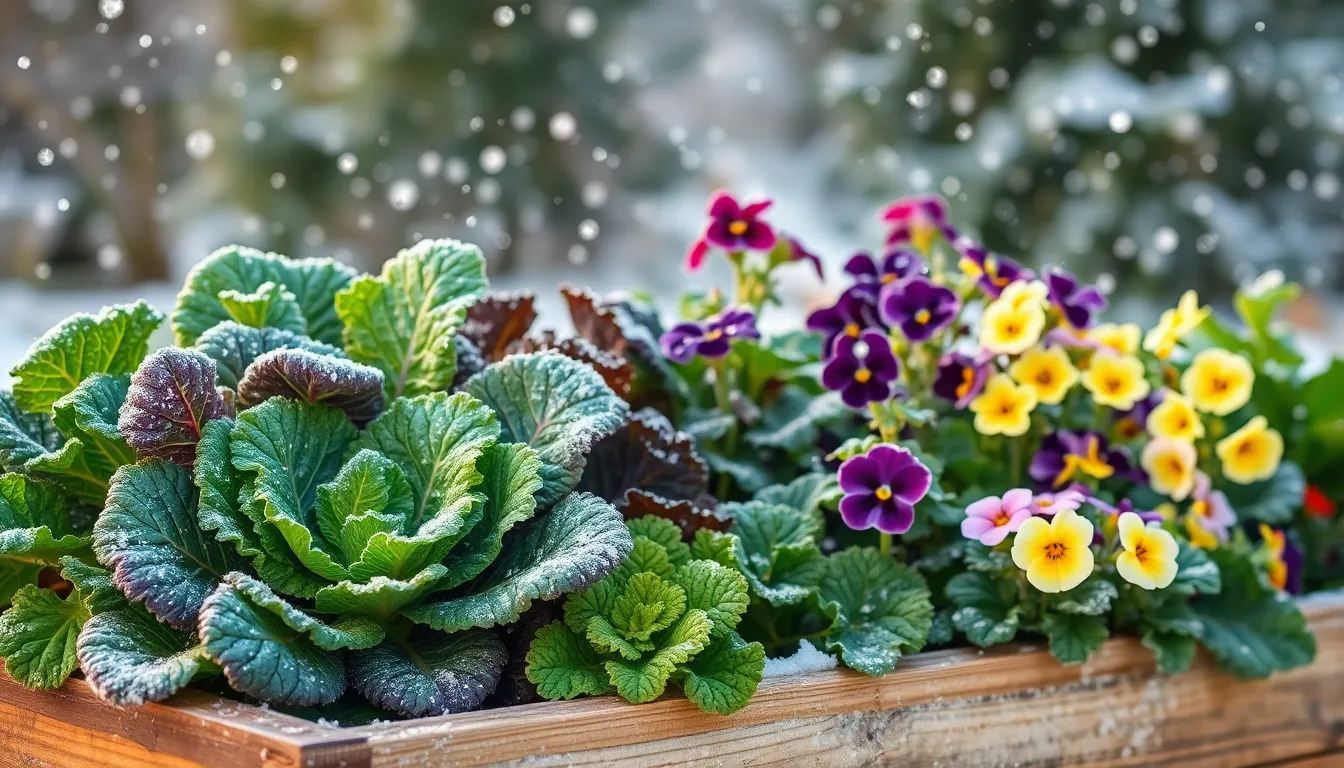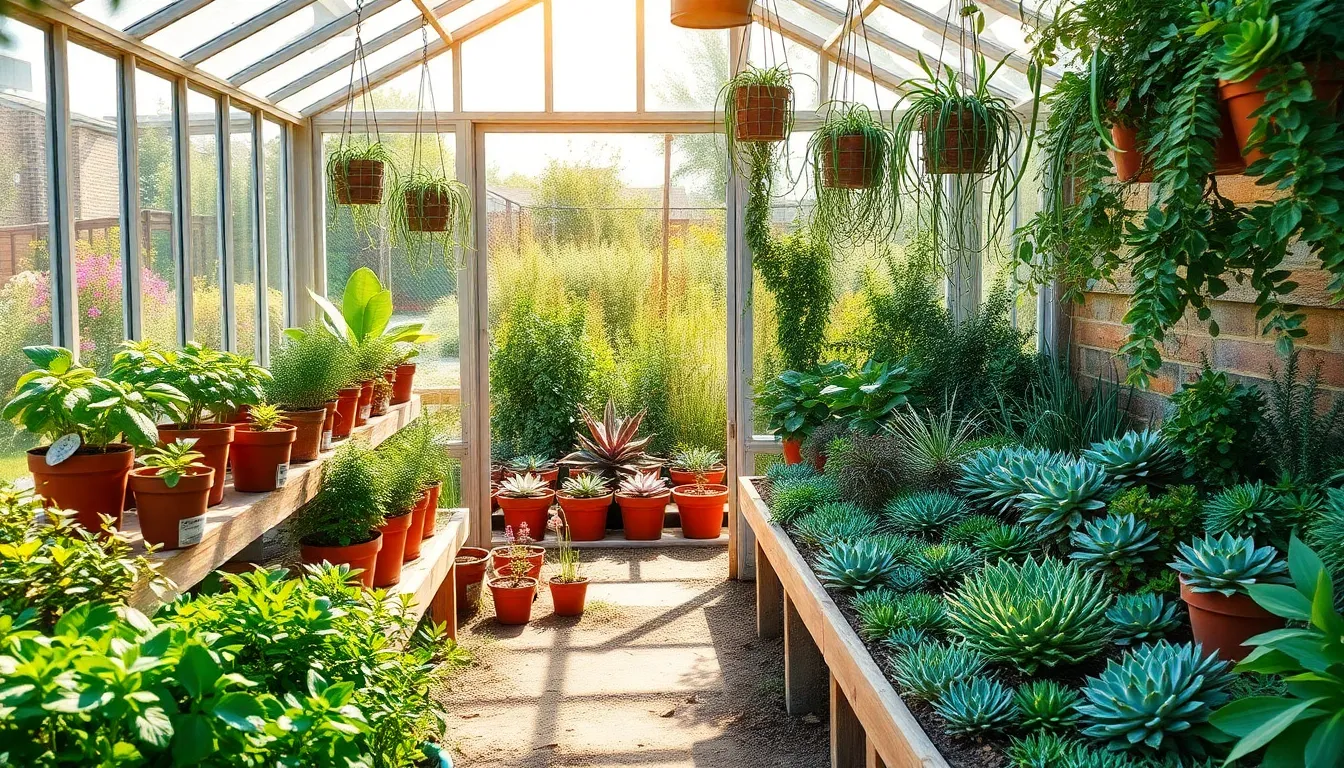In the world of gardening, a trellis is more than just a structure—it’s a gateway to vertical beauty and healthier plants. Whether you’re a novice gardener taking your first steps into the soil or a seasoned green thumb looking to elevate your garden’s charm, installing a garden trellis can transform your outdoor space into a lush, vibrant sanctuary. A well-placed trellis not only supports your climbing plants but also adds a vertical dimension to your garden, making it feel fuller and more dynamic.
Imagine your favorite flowering vines gracefully weaving through the lattice, or your vegetables reaching new heights, thriving in the sunlight. In this article, we’ll guide you through the essentials of selecting and installing a garden trellis, ensuring that each step is clear and manageable. You’ll learn how to choose the right materials, position your trellis for maximum impact, and even the best plants to pair with your structure. Get ready to unlock the potential of your garden with these expert tips and insights, all designed to make your gardening journey as rewarding as possible.
Choosing the Perfect Trellis Design
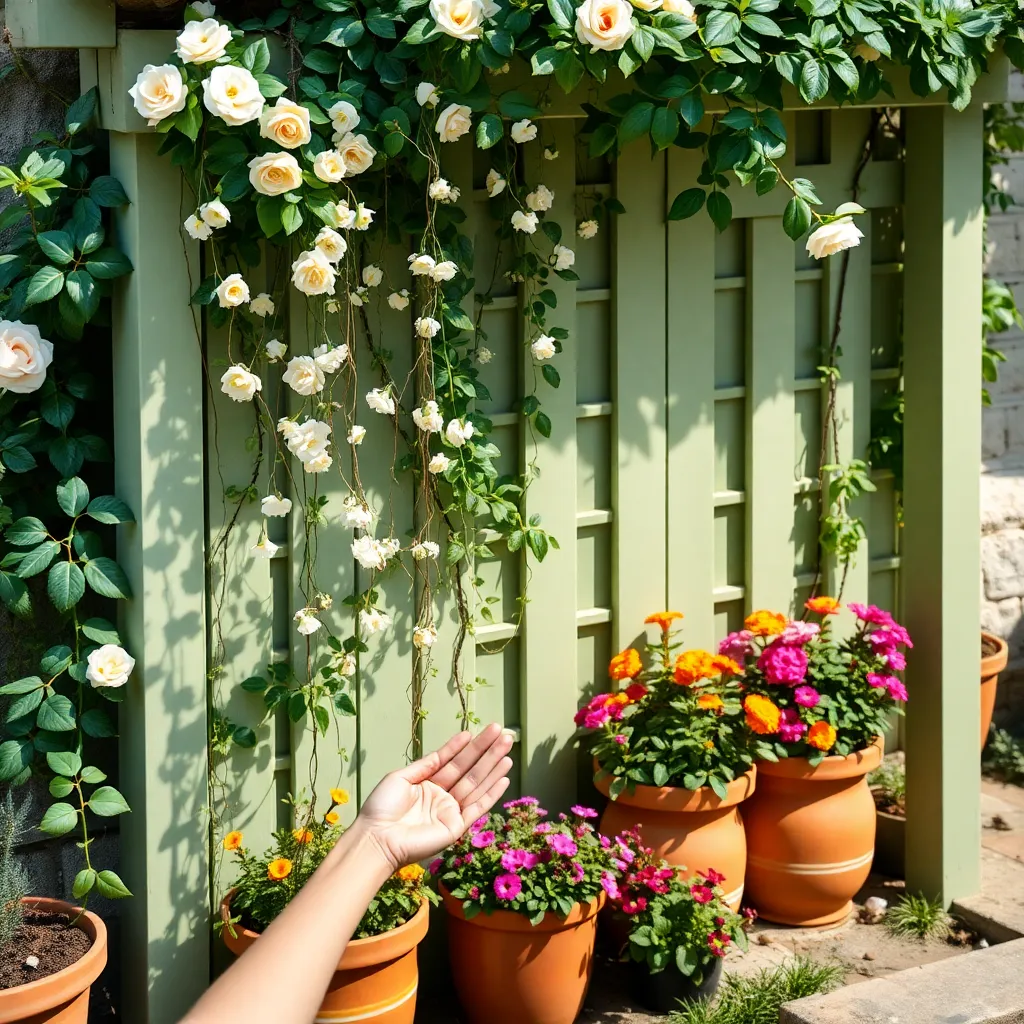
When selecting the perfect trellis design, consider the specific needs of your plants. For climbing roses or clematis, opt for a sturdy trellis that can support heavy growth, ensuring it is securely anchored in the ground.
Material choice is crucial in trellis design. Wooden trellises offer a classic look but require regular maintenance, whereas metal or vinyl options provide durability with less upkeep.
Think about the aesthetic you want to achieve in your garden. A fan-shaped trellis can add vertical interest and is ideal for showcasing flowering vines like morning glories or sweet peas.
Advanced gardeners might explore custom designs for unique garden layouts. Incorporating an arched trellis can create a stunning entryway into garden spaces, perfect for grapevines or wisteria.
- Ensure your trellis height is appropriate for the mature height of the plants you intend to grow.
- Place trellises in areas with suitable sunlight exposure for the plants, typically requiring 6-8 hours of direct sun daily.
- Consider soil quality: ensure it’s well-drained and enriched with compost to support healthy plant growth.
Gathering Necessary Installation Tools
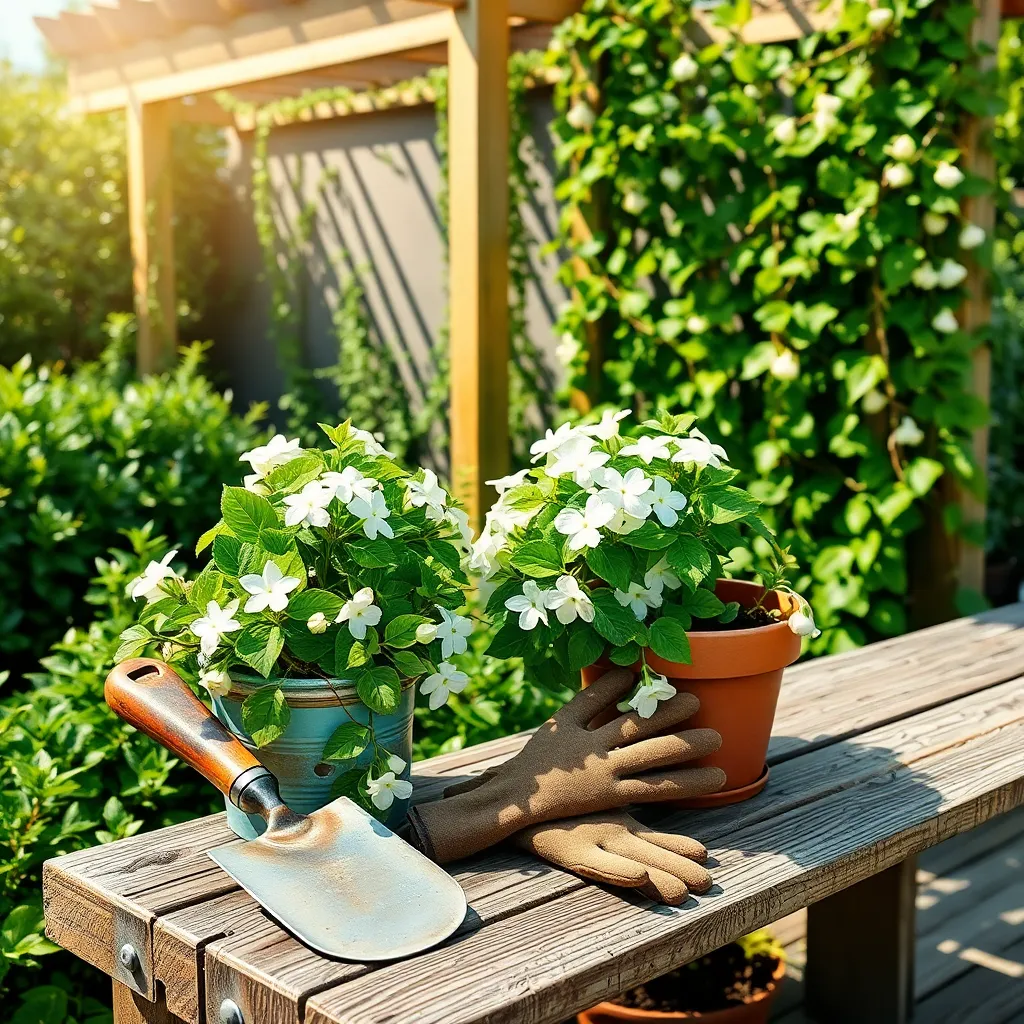
Before you begin installing your garden trellis, gather the essential tools to make the process smooth and efficient. Having the right tools on hand not only saves time but also ensures a secure and lasting installation.
Start with a sturdy pair of gardening gloves to protect your hands from splinters and blisters. Additionally, a tape measure will be indispensable to ensure your trellis is positioned correctly and evenly.
A shovel or spade is necessary for digging holes where the trellis posts will be anchored. If the soil is particularly hard or rocky, a post hole digger can make this task easier and more precise.
For securing the trellis, you’ll need a level to ensure it stands straight. Depending on the material of your trellis, a drill with appropriate bits or a hammer and nails might be required for assembly or attachment to a wall or fence.
It’s also wise to have some garden twine or ties on hand to gently secure plants as they start climbing. This will help guide their growth in the early stages and provide support without causing damage.
Finally, always keep a watering can or hose nearby to give your plants a good drink after you’ve disturbed the soil. This helps them recover quickly and encourages healthy growth around the new trellis structure.
Step-by-Step Installation Guide
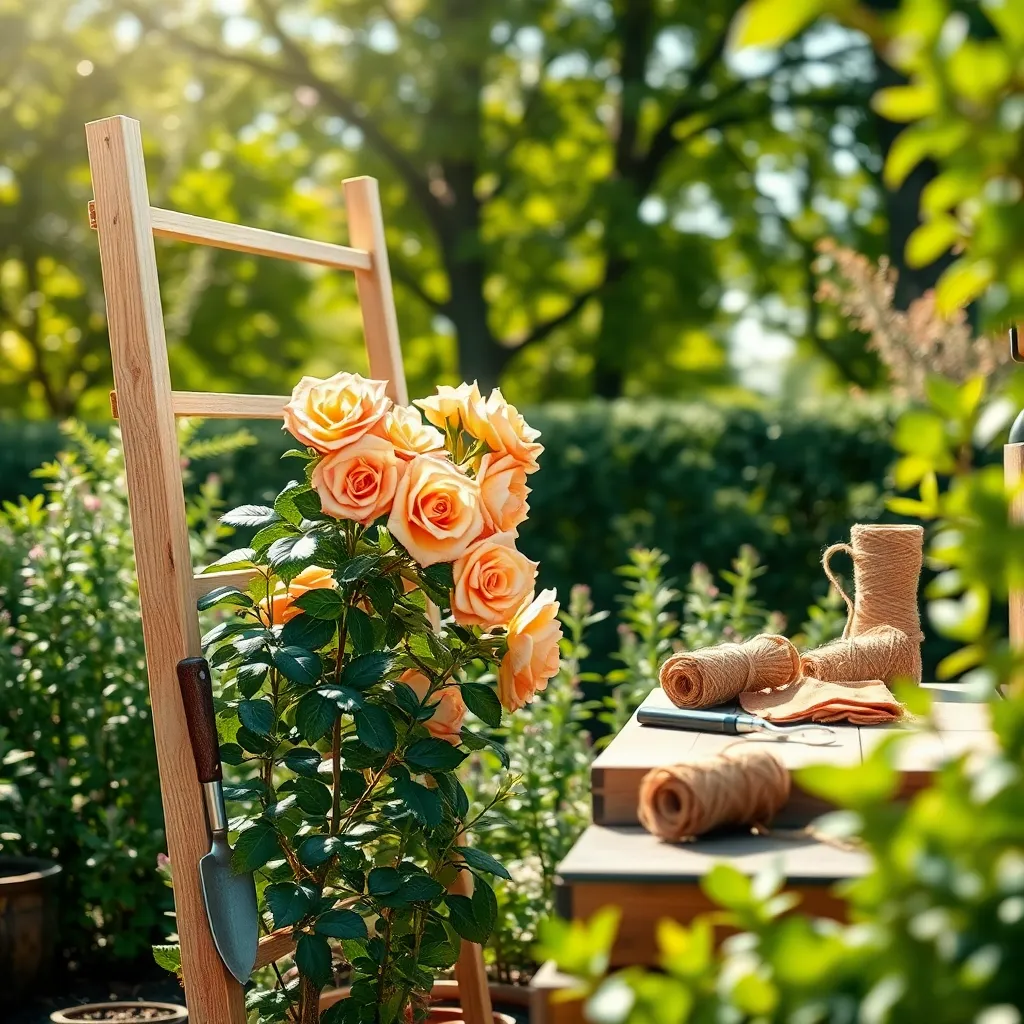
Start by selecting the right location for your garden trellis, ensuring it receives adequate sunlight, ideally six to eight hours a day. This will provide the necessary conditions for your climbing plants, like clematis or morning glory, to thrive.
Next, dig holes for the trellis posts, aiming for a depth of at least 12 inches to ensure stability. Use a level to make sure the posts are upright, which is essential for supporting the weight of growing plants.
After setting the posts, fill the holes with a mixture of soil and gravel to enhance drainage and stability. Compacting the mixture firmly will prevent the trellis from shifting over time, especially during heavy winds or rain.
Once the posts are secure, attach the cross beams or lattice panels using galvanized screws to prevent rusting. This structure will offer ample support and space for plant growth, allowing vines to spread without constraint.
For an advanced touch, consider painting or staining your trellis with weather-resistant products to increase its lifespan. Not only does this provide protection against the elements, but it also adds a decorative element to your garden.
Finally, plant your chosen climbers with enough space for roots to expand, ideally in well-draining soil enriched with compost. Regular watering, especially during dry spells, will ensure healthy growth and vibrant blooms throughout the growing season.
Supporting Climbing Plants Effectively
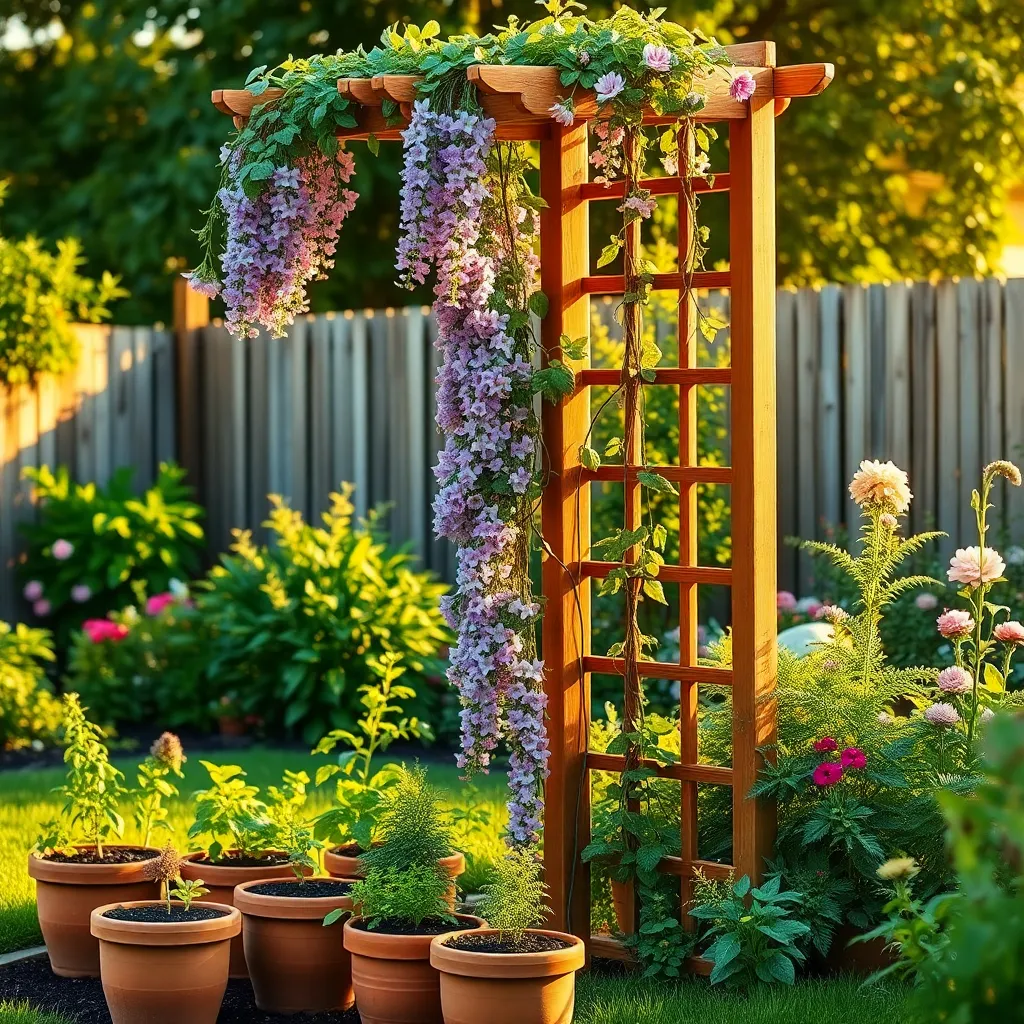
Supporting climbing plants effectively begins with choosing the right trellis for your plant’s growth habit. Trellises come in various designs, such as fan-shaped, obelisk, or flat-panel, each suited to different plant types and garden aesthetics.
Consider the specific needs of your climbing plants when installing a trellis. For instance, plants like clematis and morning glory require thinner supports that they can easily twine around, while heavier climbers like wisteria need sturdy structures.
Once your trellis is installed, ensure your climbing plants are properly secured to it. Use soft garden ties or twine to gently attach stems to the trellis, allowing for natural growth and preventing damage to the plant.
Regularly check your climbing plants as they grow to ensure they are training well on the trellis. It might be necessary to re-tie or adjust some stems to keep them on track, especially during the growing season when plants can grow rapidly.
For advanced gardeners, consider integrating different materials to enhance your trellis’s support. Using a combination of wire mesh and bamboo can provide flexibility and strength, accommodating various climbing patterns and adding visual interest.
Maintaining Your Garden Trellis
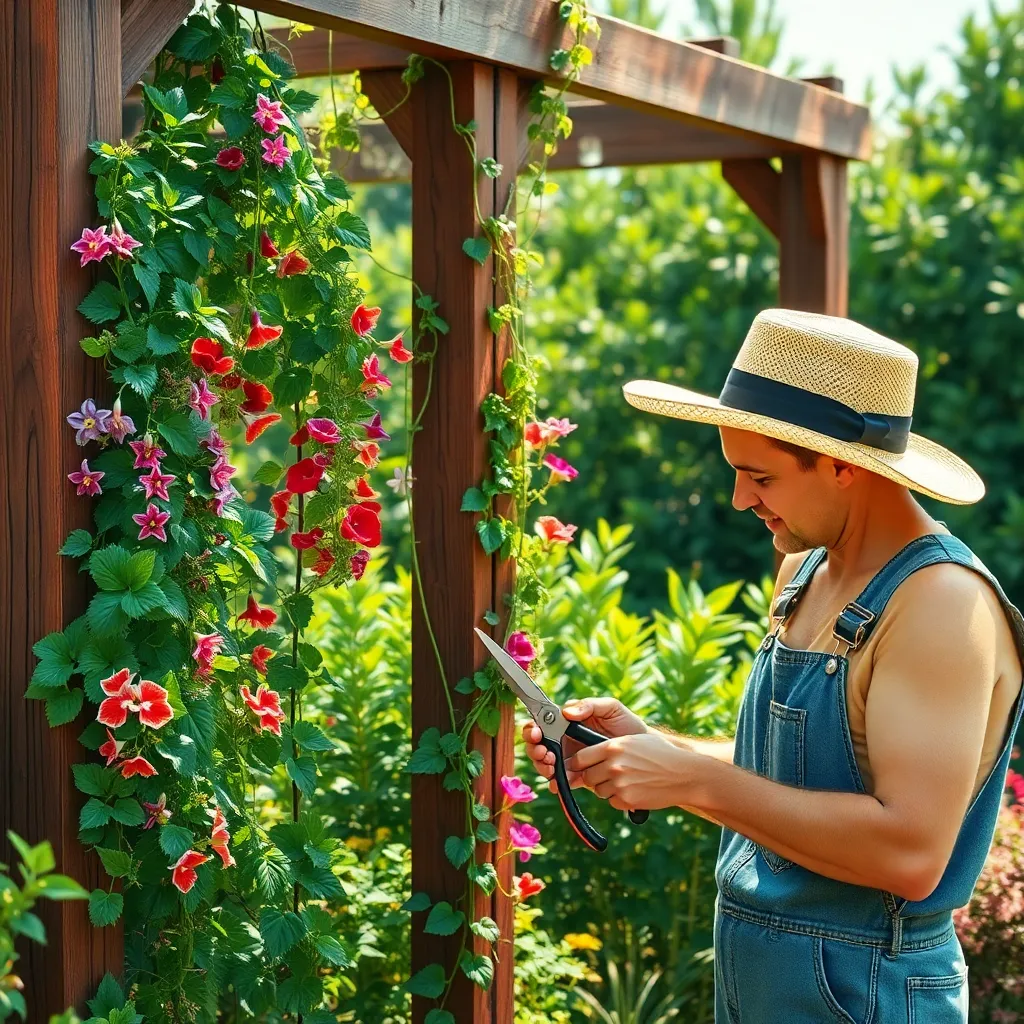
To ensure your garden trellis remains a sturdy support for your climbing plants, regular maintenance is key. Begin by inspecting your trellis for any signs of wear or damage, such as cracked wood or rusted metal, and make necessary repairs promptly to prevent further deterioration.
Cleaning your trellis is an essential part of its upkeep, especially after the winter season. Use a mild soap solution and a soft brush to gently scrub away any dirt, mold, or mildew that may have accumulated, ensuring that the structure remains both functional and aesthetically pleasing.
Securing your climbing plants to the trellis is vital in preventing them from becoming too heavy and causing structural stress. Use soft plant ties or garden twine to gently fasten the stems to the trellis, ensuring not to constrict the plant’s growth while providing ample support.
For gardeners with wooden trellises, consider applying a protective sealant annually to guard against moisture damage. This helps prolong the life of your trellis by preventing rot and maintaining its strength, making it a reliable support system for your plants year after year.
Conclusion: Growing Success with These Plants
As we wrap up our exploration of ‘Everything You Need To Know About Install A Garden Trellis,’ let’s revisit the five key relationship concepts that can transform your connections. First, like choosing the right trellis, selecting the right foundation for your relationship sets the tone for growth. Second, understanding the importance of support systems mirrors the need for a stable framework in both gardens and relationships. Third, the intertwining of plants on a trellis highlights the beauty of balanced interdependence. Fourth, regular maintenance of your trellis symbolizes the ongoing effort required to nurture a thriving relationship. Lastly, the patience required for plants to bloom emphasizes the importance of allowing relationships to mature naturally.
To put these insights into action immediately, take a moment today to reflect on your relationship foundations and identify one area where you can provide more support or care. Remember, a relationship, like a garden, flourishes with attention and love.
Bookmark this article as your go-to guide for nurturing both your garden and your relationships. By investing time and effort into these connections, you’re sowing the seeds for enduring relationship success. Here’s to a blossoming future!

